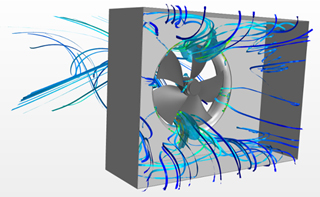
Turbulence. It happens. Luckily, ebm-papst has a solution for noisy systems.
If you’ve tossed and turned at night, unable to sleep because of humming sounds from your home’s air conditioner, you know these noises are intolerable. That same distraction from a heating or A/C system can strike anywhere… in the office, at the store, at a restaurant.
But did you know that it’s usually the turbulence in an air-moving system – not the components – that makes your ears ring?
Fans are an essential part of today’s refrigeration, air conditioning and ventilation systems. They are designed and tested to minimize noise in thousands of applications. However, there are wide differences in how fans are installed and configured, the conditions in which they operate, and their location within the air system. These variables can create air inflow and outflow disruptions that raise the ‘loudness level.’
For example, the housing walls of rectangular heat exchangers can generate a backflow that creates pressure fluctuations on the fan blade. These turbulence ‘vortexes’ drastically increase a fan’s low-frequency (tonal) noise. While it’s not possible to compensate by changing the fan itself, it is possible to straighten the flow of air moving into the fan and balance the pressure of air moving out of the fan.
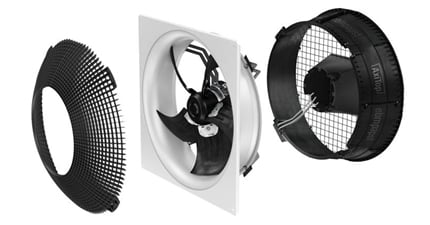
Over the past few years, ebm-papst has developed two passive add-on devices — the FlowGrid air inlet grill and the AxiTop diffuser. In distinctive ways, each improve how air moves into and out of our axial and centrifugal fans.
The FlowGrid air inlet grill has a straightening effect on the inflowing air, reducing acoustical levels and considerably reducing tonal noise.
In a condenser application, fitted with an axial fan, the FlowGrid air inlet grill reduces overall sound levels by 3.9 dB(A) and tonal noise by 16 dB. In a low profile (250 mm diameter) air conditioning device, the FlowGrid reduces sound levels by 2.5 dB(A) and reduces tonal noise by 9 dB.
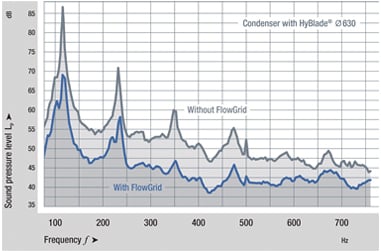
While FlowGrid works to reduce low-frequency noise on a fan’s inlet side, the AxiTop diffuser reduces mid-frequency noise on the fan’s discharge side. How does this work? AxiTop operates like a reverse nozzle, increasing pressure and significantly reducing discharge losses. Efficiency increases and operating noise decreases.
Using both AxiTop and FlowGrid on a condenser fitted with a 31.5 inch (800 mm) axial fan, with outside air drawn through a heat exchanger, we’re able to reduce the fan’s noise level by 5.8 dB(A) and tonal noise by 20 dB.
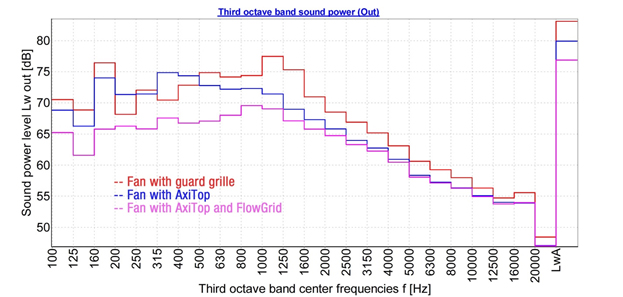
Setting new standards for their quiet, energy-efficient operation, both devices are advancing technology and creating ideal operating conditions for fans. As a result, we can all sleep better!
Contact our application engineer for additional information at 860 674-1515 or by e-mail at sales@us.ebmpapst.com.


 by Liz Callaghan – Director of Customer Service & Logistics
by Liz Callaghan – Director of Customer Service & Logistics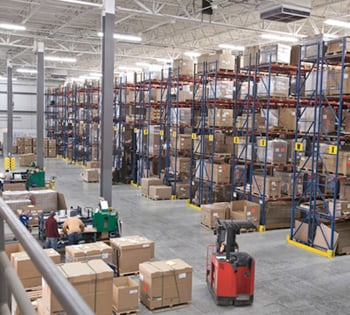 We recently replaced all lighting in our warehouse with new LED lighting, which will significantly reduce our energy usage.
We recently replaced all lighting in our warehouse with new LED lighting, which will significantly reduce our energy usage.






 By Scott Beauchemin, VP of Engineering, ebm-papst Inc.
By Scott Beauchemin, VP of Engineering, ebm-papst Inc.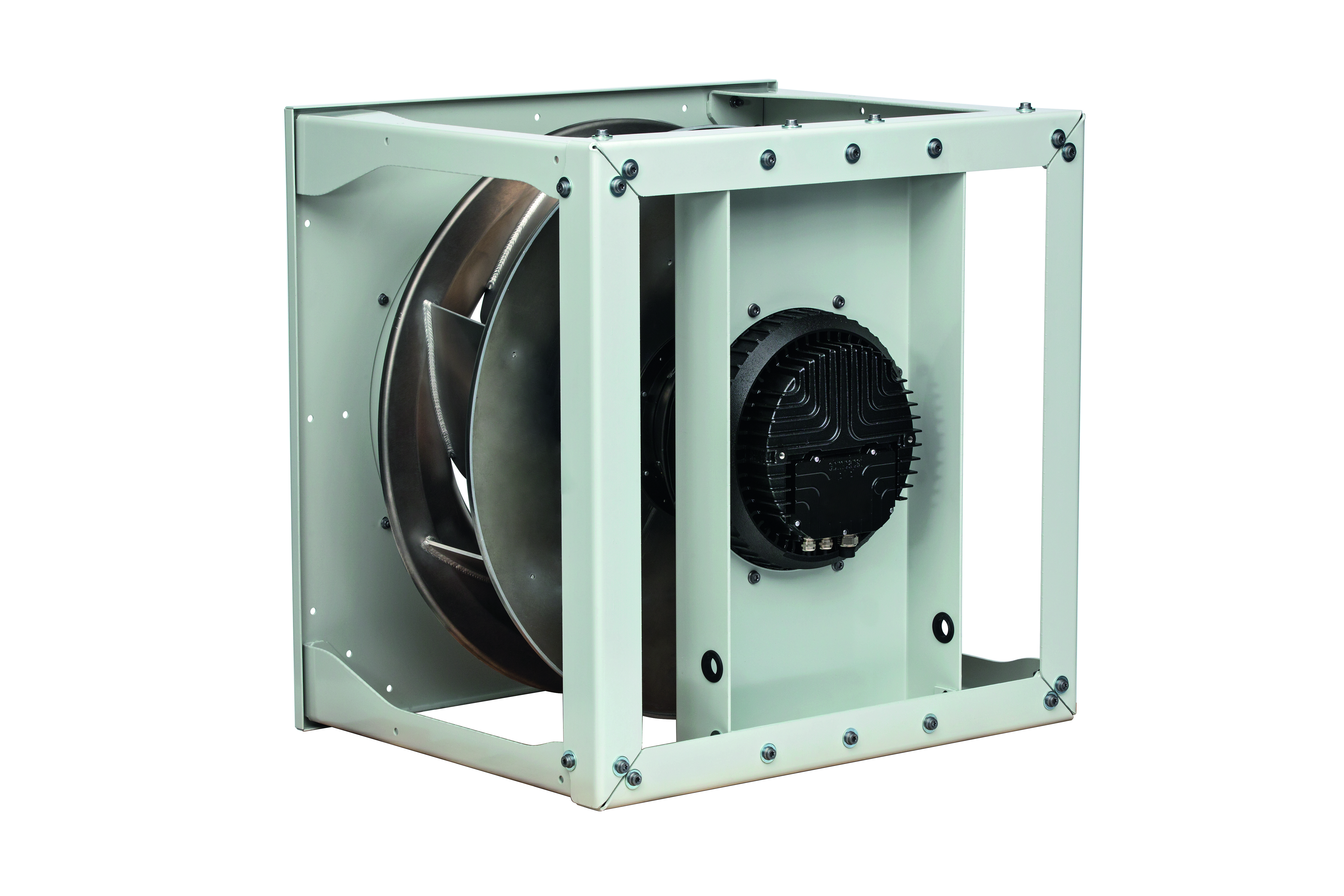.jpg?width=453&height=302&name=sc12_mg_3449_(2).jpg)


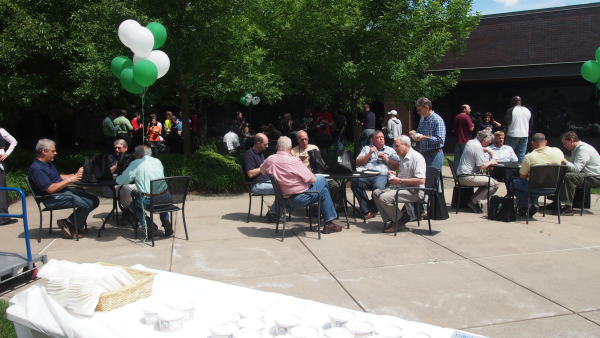







 To lower noise in these applications, there are standard "fixes" that the designer can call upon to help meet the required noise and performance levels. With axial fans, the common fix is to reduce the motor RPM and increase the number of fans to handle the air performance needs and or increase the blade size. These solutions can lead to a reduction in system performance, add components increase the system footprint and increase energy consumption. Not an appealing solution with today's high electrical costs, small installation areas and increased refrigeration costs. Even worse, in many cases, these changes are not always effective and further fixes must be done on site where additional changes are even more costly.
To lower noise in these applications, there are standard "fixes" that the designer can call upon to help meet the required noise and performance levels. With axial fans, the common fix is to reduce the motor RPM and increase the number of fans to handle the air performance needs and or increase the blade size. These solutions can lead to a reduction in system performance, add components increase the system footprint and increase energy consumption. Not an appealing solution with today's high electrical costs, small installation areas and increased refrigeration costs. Even worse, in many cases, these changes are not always effective and further fixes must be done on site where additional changes are even more costly.